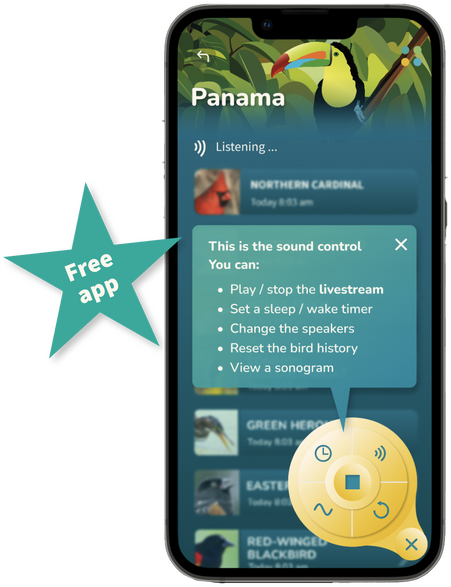
Bird Migration
Bird Migration Mysteries: The Case of the Stuck Stork
Quick Facts
Bird Migration Mysteries
The Case of the Stuck Stork

This case is historical, but bird migration mysteries are not only a thing of the past. In fact, we at the Terra Project are driven by the ongoing questions about migration that are yet to be solved. In that spirit of exploration we present this pivotal mystery solved by a very unlucky bird… the case of the stuck stork.
In 1822, an ill-fated bird solved a millennia-old mystery by sheer force of bad luck. That bird was a Ciconia ciconia — a White Stork — the same stork that legend says parents expect when they are expecting. They are large, white birds that roost conspicuously in Europe in the summer, often in small nesting colonies atop churches and other structures, and they are devoted parents. They normally get along well with their human cohabitants, who sometimes encourage them to nest on houses as a sign of good luck. This particular stork had quite a different experience.
Being large and revered, White Storks were hard to miss in the European summer, but were even more conspicuous in their absence during winter. Where did they go? Without modern means of travel and communication, a stork flying south in the fall would be as impossible to follow as a rocket to the moon. And so the storks’ annual disappearance remained a mystery for centuries.'
Back to that fateful day in 1822: our unfortunate protagonist was flying over a field when it was rudely taken from flight by a hunter. That, sadly, was not remarkable for 1822. What was remarkable was that stork had already survived a hunter’s attack, as evidenced by a metal-tipped spear that was poking through its neck. Somehow, that spear had failed to kill the bird, and the stork carried it all the way from Central Africa — a journey of over 3,000 miles — to its untimely end in that field in Germany.
That spear was the first solid proof that the White Storks of Europe did not, in fact, fly to the moon, but did something nearly as astonishing. They flew thousands of miles between Africa and Europe every year — twice. It was a major moment for science, and an important step in understanding the amazing spectacle of migration.
By the way, after that stork was shot it was stuffed and placed in a museum. It’s known as the Rostock Stork after the University where it is housed, and it was one of twenty-five Pfeilstorche (“arrow storks”) that have since been found in Europe embedded with African arrows. That bird’s terrible luck was a great moment for science, a fact that would undoubtedly be poor consolation for its life of misfortune.
Tags
Share this Article
stream birdsong from terra curated locations
Try out the Terra app!


..or receive a link to the app by email

Enjoy bird sounds from around the world from our curated locations

BACKYARD BIrDING AND CONSERVATION
Stream & identify the birds in your own backyard
Add a Terra device to your yard or garden to create your own listening location in the app
You can also help researchers with conservation efforts
Orders sent late 2023 ship spring 2024
Find out moreTerra yard sensors
Monitor your yard or garden
Terra will connect to optional sensors that track soil conditions, moisture levels, and weather around the home. Take control whether you’re home or not.
Find out more


